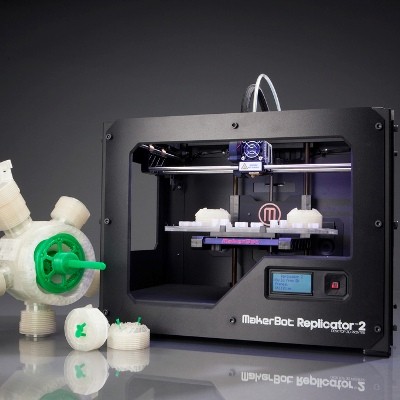Personal Tech for Women: 5 Things You Need to Know About What Women Want in a Gadget
Monday, June 15, 2015

But in fact, when designing for women, product designers consider a gamut of factors to help them re-imagine existing gadgets – often male-oriented – to appeal to and better assist women, from athletic apparel to housewares and tools. The results go much deeper than color and style, thankfully. Here are 5 points to keep in mind while designing gadgets for women, courtesy of Ayça Çakmakli, senior design researcher at the gender-based design lab, Femme Den at Smart Design.
1. Warm-up tech
Traditionally gadgets have been developed with a technology-first point of view. It was all about the machine, features, speed, gigabytes, and specs. Basically, design based on “cool” values. What has been lacking for a very long time is design based on “warmer” values, which are about people, their lifestyles, and creating stronger emotional connections with the things around them. It’s imperative to “warm up” gadgets with innovation that puts people first.
2. It’s about we, not me
Not only is she buying for herself, but often her family. So as a buyer, her needs are complex and diverse because she thinks about more than just herself. Instead, she focuses on whether it’s safe for her kids, how her partner will benefit from it, and how it will improve her overall lifestyle and relationships. This could include consumer electronics, like television sets that blend into the home, or laptops, cameras and portable speakers that everyone around her could enjoy and find useful.
3. Don’t brag, be relevant to her life
Men and women can equally like a product or service, but often for different reasons. He tends to be enticed by performance potential, while she prioritizes real life problems and benefits. She’s not swayed by what something could do, but what it actually does for her. Think sportsware, like fitness trackers. Nike, in fact, accrued the help of Femme Den to trouble-shoot watch designs for women. Although women are more likely to focus on health and wellbeing in their work-out, rather than sport and competition, they still want to feel strong and confident — just like men – while maintaining their femininity. Femme Den ditched the girly, cute design for the bolder Imara Strive series.
4. Help her be more present
She values her relationships and connections. Gadgets should serve to enhance these interactions, not force her to disengage. At certain times of the day, she starts to deliberately disconnect with technology to reconnect with others and even herself. But the right smartphone operating system, for example, could help streamline personal life and work life, keeping each well-organized with less intrusive cross-over.
5. Help her do more
Presenting the best version of herself to the world gives her confidence. Gadgets that aid her in doing this become a valuable sidekick. She might not be an athlete or the best cook, but technology should support her in getting there.

Related Slideshow: 5 Tech Innovations Changing Oregon
New innovations in technology are changing things for Oregon and its residents. Here are five tech innovations that are making a difference.
Related Articles
- Personal Tech For Women: 5 Things To Know About Tracking Your Stuff
- Personal Tech for Women: 5 Things You Need to Know About 3D Printing At Home
- Personal Tech for Women: 5 Things You Need To Know About Apps For On-Demand Services in PDX
- Personal Tech for Women: 5 Things You Need To Know About Fitness Trackers
- Personal Tech for Women: 5 Things To Know About Technologies Designed Without Women in Mind
- Personal Tech for Women: 5 Things You Need To Know About Siren, a New Dating App for Women
- Personal Tech for Women: 5 Things You Need to Know About Purging Your Closet
- Personal Tech For Women: 5 Things You Need To Know About The Smart Garden
- Personal Tech for Women: 5 Things You Need To Know About the “Smart Kitchen”
- Personal Tech For Women: 5 Things You Need to Know About “The Internet of Things”
- Personal Tech for Women: 5 Things You Need To Know About Wearables
- Personal Tech For Women: 5 Things You Need To Know About Photo Editing With PDX App
- Personal Tech For Women: 5 Things You Need to Know About New, Smarter Food Label
- Personal Tech for Women: 5 Things You Need to Know About Fun Gadgets for Spring














Follow us on Pinterest Google + Facebook Twitter See It Read It